In a world where biodiversity faces unprecedented threats, zoos have evolved far beyond their historical role as mere exhibition spaces. Today, modern zoological institutions stand at the forefront of conservation efforts for countless endangered species, with birds being among the most vulnerable groups. From the vibrant plumage of the Bali mynah to the impressive wingspan of the California condor, many bird species teetering on the edge of extinction have found a lifeline through dedicated zoo conservation programs. These initiatives combine cutting-edge science, international collaboration, and public education to create comprehensive approaches to species preservation. This article explores the multifaceted ways in which zoos worldwide are working to ensure that future generations will still hear the songs and witness the flights of birds that might otherwise have disappeared forever.
Captive Breeding Programs: Creating Insurance Populations
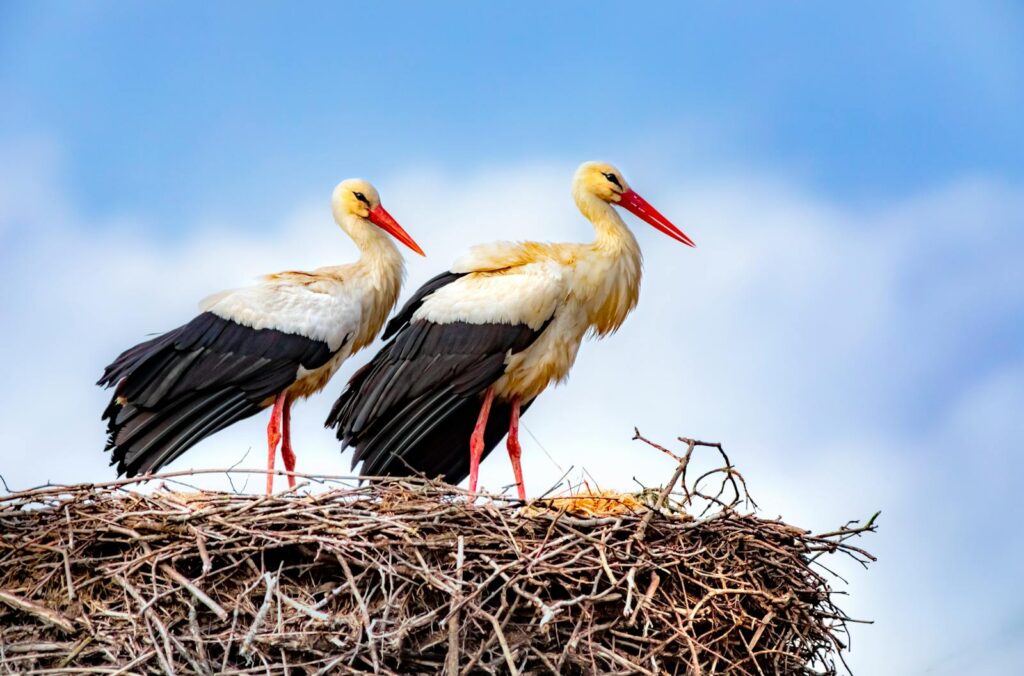
One of the most significant contributions zoos make to bird conservation is through meticulously managed captive breeding programs. These initiatives create genetic “insurance populations” that protect species from complete extinction should wild populations collapse. For example, the California condor, which plummeted to just 22 individuals in the 1980s, has been brought back from the brink through careful breeding at the San Diego Zoo and Los Angeles Zoo. Professional aviculturists monitor genetic diversity through sophisticated studbooks, ensuring birds are paired to maximize genetic health and avoid inbreeding. These programs often involve artificial incubation techniques, hand-rearing chicks when necessary, and creating specialized environments that simulate natural conditions to encourage successful reproduction. The ultimate goal of these efforts isn’t simply to increase numbers in captivity but to build sustainable populations robust enough for eventual reintroduction to the wild.
Reintroduction Initiatives: Returning Birds to Their Native Habitats

The true measure of success for zoo conservation programs is the successful reintroduction of endangered birds to their natural habitats. This complex process requires years of preparation and post-release monitoring to ensure birds raised in managed care can thrive in the wild. The Arabian oryx reintroduction program, coordinated by several zoological institutions, has become a model for such efforts, demonstrating how captive breeding can lead to successful wild populations. Before any release occurs, birds undergo specialized training to develop essential survival skills such as foraging, predator avoidance, and appropriate social behaviors. Field teams equipped with tracking technology monitor released birds, gathering crucial data on survival rates, breeding success, and habitat use. Through these carefully orchestrated reintroductions, species like the Puerto Rican parrot and the Guam rail have established new wild populations in protected areas, representing remarkable conservation successes facilitated by zoo expertise.
Genomic Research: Preserving Genetic Diversity
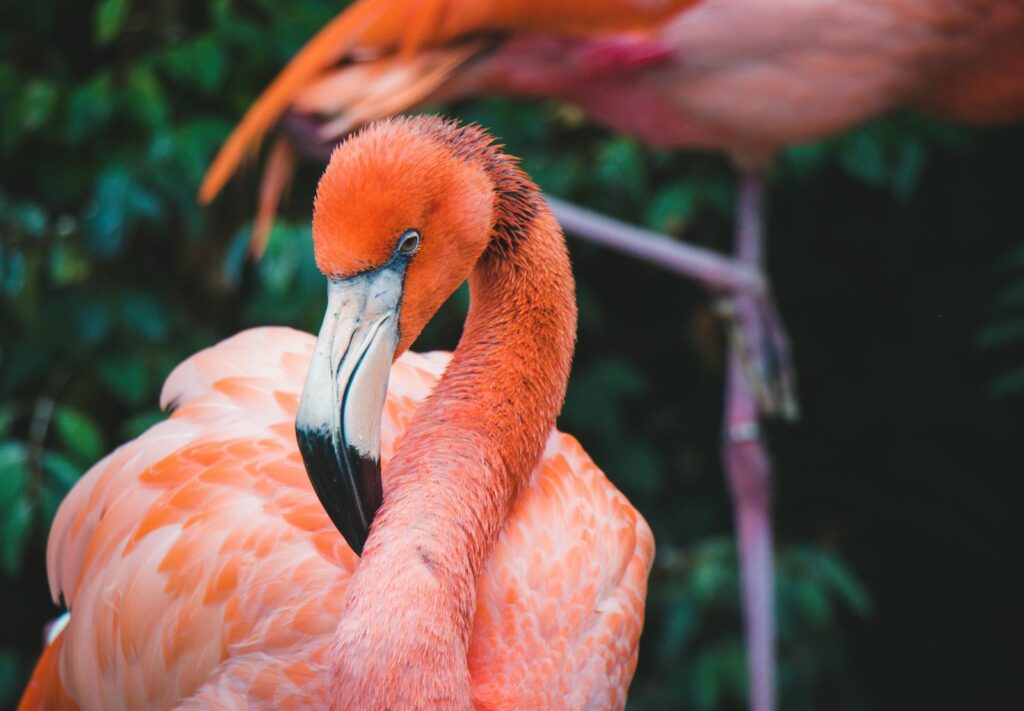
Modern zoos are increasingly utilizing advanced genomic technologies to enhance bird conservation efforts. The San Diego Zoo Wildlife Alliance’s Frozen Zoo maintains cellular samples from numerous endangered bird species, creating a genetic repository that may prove invaluable in future conservation efforts. Scientists use DNA sequencing to identify genetic bottlenecks in endangered populations and develop breeding strategies that maximize genetic diversity, which is essential for species’ long-term resilience. Some institutions are pioneering work in reproductive technologies such as artificial insemination and embryo transfer to overcome breeding challenges in particularly rare species. This research extends beyond current populations to include biobanking—preserving genetic material that might one day contribute to restoring diversity in depleted wild populations. Through these sophisticated approaches, zoos are helping to ensure that even critically endangered bird species maintain the genetic variability needed to adapt to changing environments.
International Collaboration: Coordinating Global Conservation Efforts
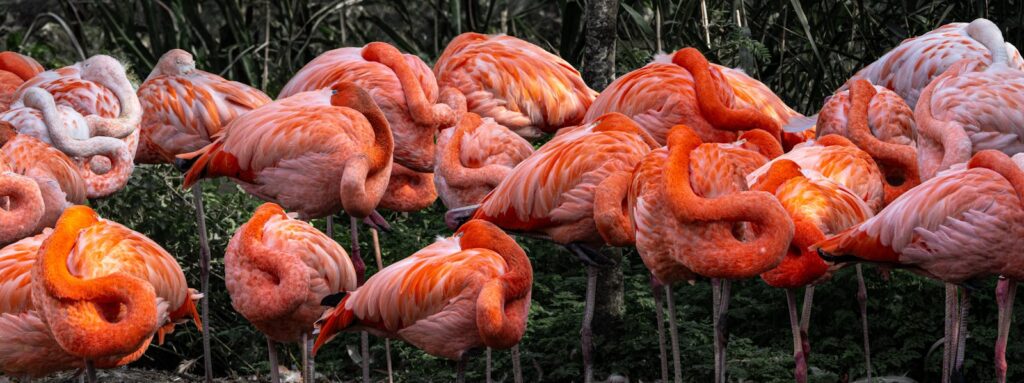
Conservation of endangered bird species requires coordination that transcends national boundaries, and zoos serve as crucial hubs in these international networks. Organizations like the World Association of Zoos and Aquariums (WAZA) and regional associations facilitate cooperation between institutions worldwide, enabling the sharing of expertise, genetic material, and birds themselves to support breeding programs. The International Union for Conservation of Nature (IUCN) works closely with zoos to develop comprehensive Species Survival Plans that coordinate conservation actions across multiple countries and stakeholders. Technical exchanges between zoos in different countries allow for knowledge transfer that strengthens local conservation capacity, particularly in biodiversity hotspots where resources may be limited. These collaborative efforts have proven essential for species like the Japanese crested ibis and the Philippine eagle, whose recovery has depended on coordinated international action including government agencies, NGOs, and zoological institutions working in concert across multiple countries.
Habitat Conservation: Protecting Birds’ Natural Environments
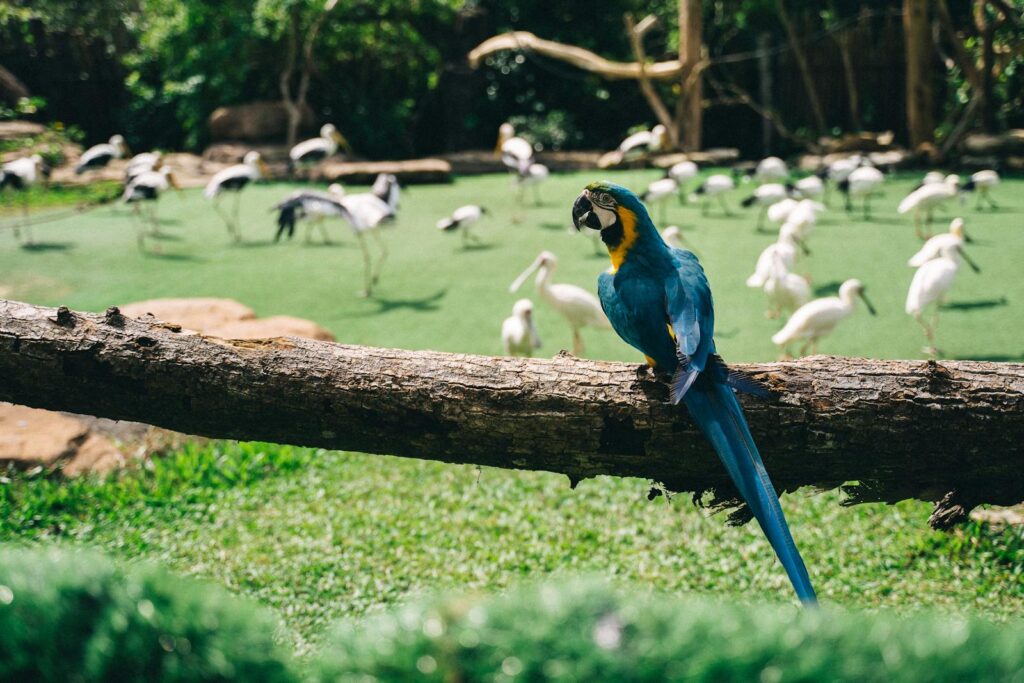
Many zoos extend their conservation work beyond their own grounds by directly funding and managing habitat protection initiatives in critical bird habitats. The Wildlife Conservation Society, which operates several zoos in New York, manages conservation programs across thousands of square miles of crucial bird habitat worldwide. Zoo-sponsored field projects often focus on creating protected areas, working with local communities to develop sustainable land use practices, and mitigating specific threats such as logging or hunting in bird habitats. Some institutions have established dedicated conservation funds that channel visitor revenues directly into field programs, creating a sustainable funding stream for long-term habitat protection. The Toledo Zoo’s involvement in protecting key habitats for the Kirtland’s warbler in Michigan represents an excellent example of how zoo resources can be leveraged to preserve the ecosystems endangered birds depend upon, resulting in the species’ remarkable recovery from fewer than 200 birds to over 2,000 today.
Conservation Medicine: Addressing Disease Threats

Disease can devastate bird populations, particularly those already compromised by habitat loss or reduced genetic diversity, making veterinary expertise crucial to conservation efforts. Zoo veterinarians have been instrumental in identifying and addressing health threats such as the West Nile virus, which has severely impacted North American bird populations, including endangered species like the California condor. The veterinary departments of major zoos often maintain sophisticated diagnostic laboratories that can identify emerging pathogens and develop treatment protocols before diseases reach crisis levels in wild populations. Field veterinary programs supported by zoos conduct health assessments of wild birds, administer vaccinations when appropriate, and train local partners in disease monitoring techniques. Through the Wildlife Disease Association and similar networks, zoo veterinarians share knowledge globally, creating an early warning system for emerging threats to bird health, which has proven vital in rapidly responding to outbreaks of avian influenza and other potentially devastating diseases.
Training Conservation Professionals: Building Global Capacity
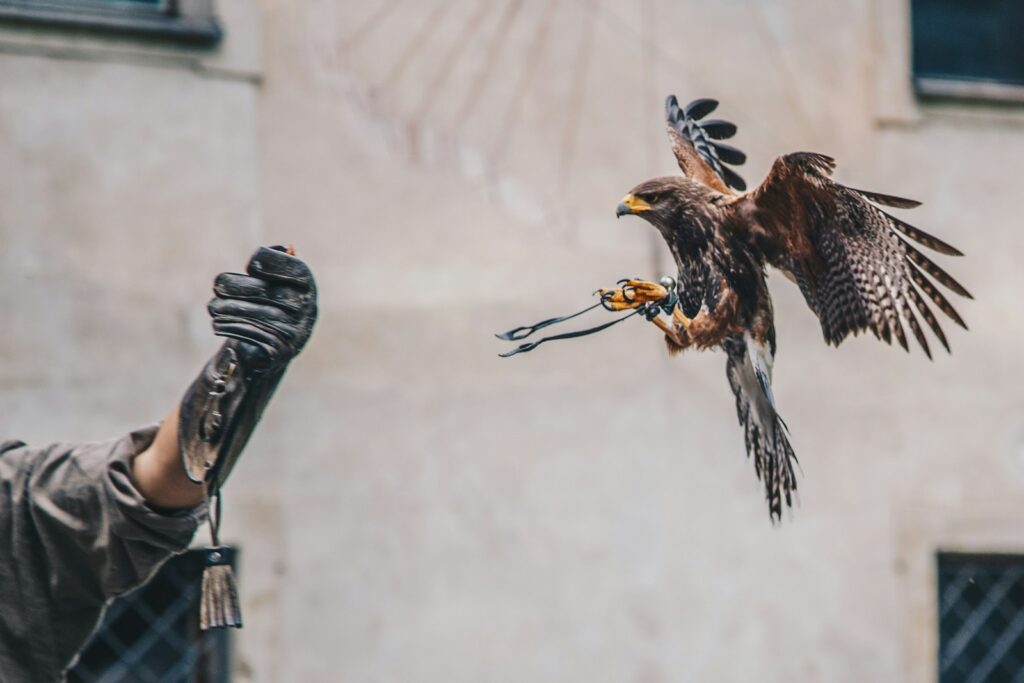
Zoos serve as important training grounds for the next generation of avian conservationists, offering specialized experience that is difficult to obtain elsewhere. Through internship programs, zoological institutions provide hands-on training in avian husbandry, veterinary care, behavior management, and conservation planning for students and early-career professionals. Many major zoos have established formal conservation education programs that offer certificates or collaborate with universities on graduate degrees focused on endangered species management. The Association of Zoos and Aquariums (AZA) coordinates professional development courses that create standardized training in specialized areas such as avian incubation techniques or population management. Professionals trained in zoo settings often go on to leadership positions in field conservation programs, government wildlife agencies, and research institutions, extending the impact of zoo-based expertise far beyond the institutions themselves. This educational pipeline has been particularly valuable in developing regions, where zoo partnerships have helped build local capacity for managing conservation programs for endemic endangered bird species.
Public Education: Creating Conservation Advocates
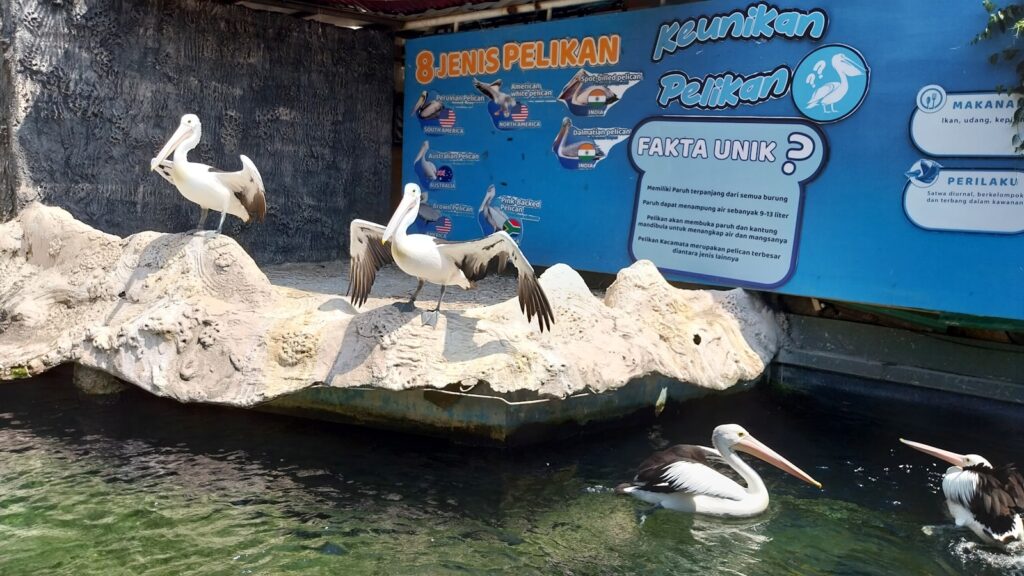
Perhaps one of the most underappreciated contributions zoos make to bird conservation is their role in public education and advocacy. Each year, millions of visitors experience meaningful encounters with endangered birds at zoological institutions, creating emotional connections that often translate into conservation support. Modern zoo exhibits incorporate sophisticated interpretive elements that explain conservation challenges and specifically highlight actions visitors can take to help endangered species. Many institutions have developed specialized citizen science programs that engage the public in real conservation work, such as monitoring urban bird populations or restoring local habitats. Educational outreach extends beyond zoo grounds through digital media, school programs, and community events that reach audiences who might never visit in person. Research has demonstrated that these educational efforts lead to measurable increases in conservation knowledge, attitudes, and behaviors among zoo visitors, creating a broader constituency for bird conservation policy and funding.
Innovative Technologies: Leveraging New Tools for Conservation
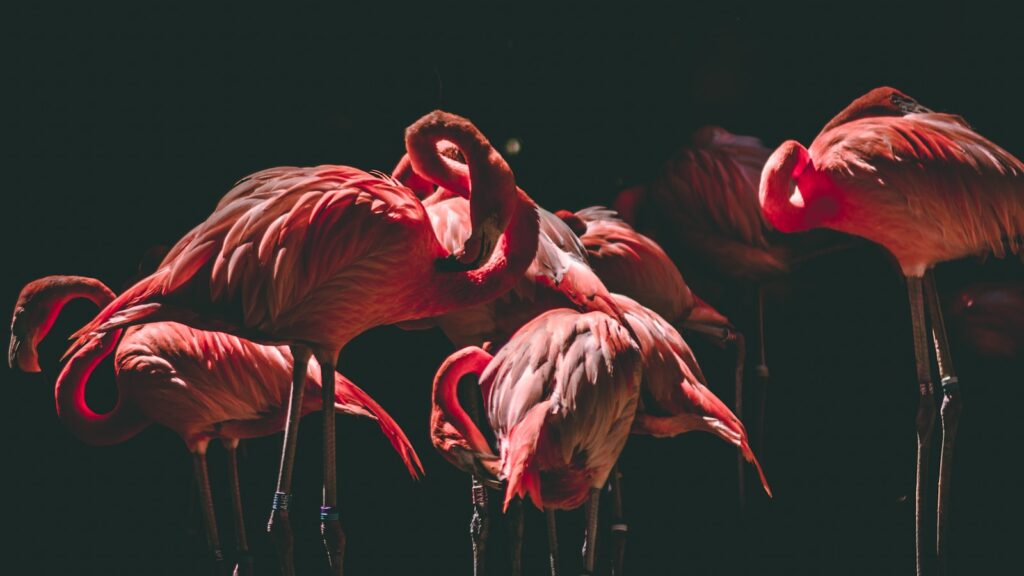
Zoos are increasingly embracing cutting-edge technologies to enhance their bird conservation efforts in both captive and wild settings. Sophisticated remote monitoring systems, including satellite transmitters and GPS tracking, allow researchers to follow the movements of reintroduced birds with unprecedented precision, gathering crucial data on habitat use and survival. Drone technology has revolutionized nest monitoring for certain species, allowing observation without disturbance and access to previously inaccessible locations. Some institutions are utilizing environmental DNA (eDNA) sampling to detect the presence of rare birds in the wild without direct observation, allowing for more accurate population assessments. Artificial intelligence and machine learning tools are being applied to process the massive datasets generated by these monitoring efforts, identifying patterns that might otherwise remain hidden. The Smithsonian’s National Zoo and Conservation Biology Institute exemplifies this approach, using acoustic monitoring technology to identify bird species by their calls in tropical forests, dramatically improving survey efficiency for elusive endangered species.
Climate Change Adaptation: Preparing for Environmental Shifts
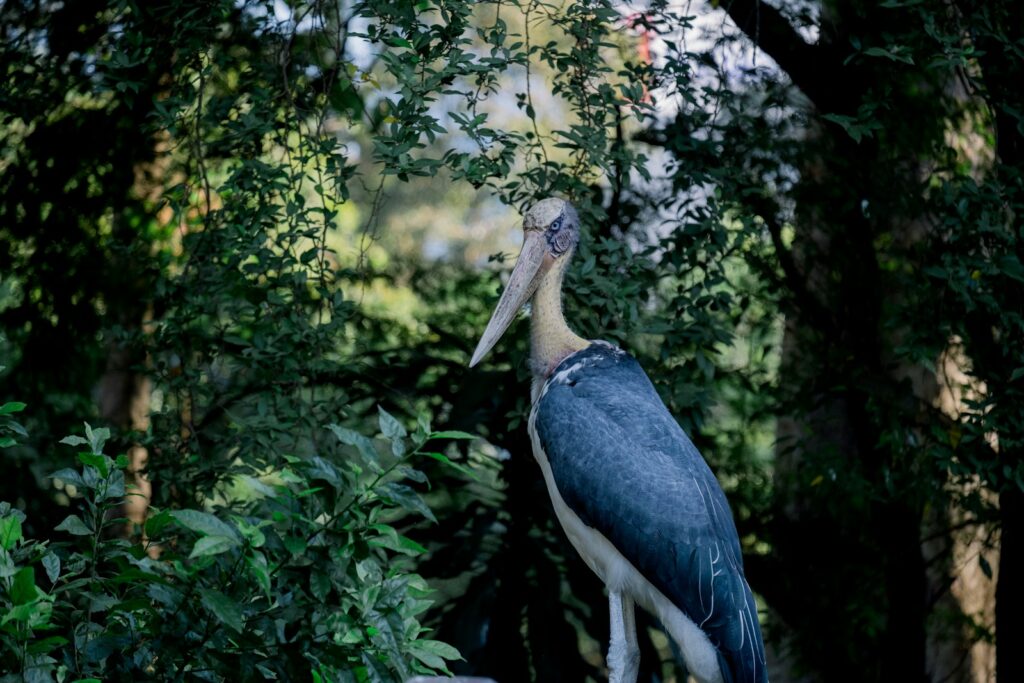
Forward-thinking zoo conservation programs are increasingly focused on helping bird species adapt to the challenges posed by climate change. Research conducted at zoological institutions helps identify which species are most vulnerable to changing climatic conditions and what interventions might be most effective in mitigating these impacts. Some programs are investigating assisted migration—the controlled relocation of bird populations to more suitable habitats as their traditional ranges become inhospitable due to climate change. Zoo-supported field studies monitor how wild bird populations are responding to environmental shifts, providing data crucial for adaptive management strategies. Conservation planning increasingly incorporates climate projections to ensure protected areas will remain suitable habitat as conditions change, sometimes necessitating the creation of wildlife corridors to allow for natural range shifts. The work of the Chicago Zoological Society’s Center for the Science of Animal Welfare exemplifies this approach, conducting research on how various bird species respond physiologically and behaviorally to temperature changes, information that informs both captive management and field conservation strategies.
Cultural Conservation: Preserving Birds’ Places in Human Society
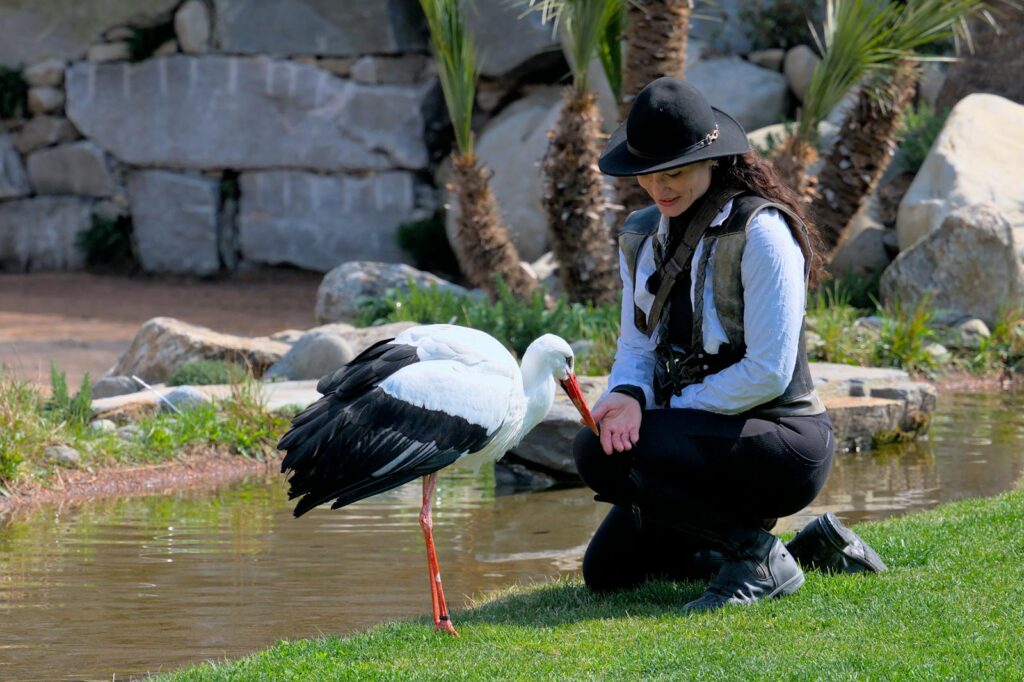
Many endangered bird species hold significant cultural importance to indigenous and local communities, and thoughtful zoo conservation programs recognize the importance of preserving these cultural connections alongside the species themselves. Zoo educational programs increasingly incorporate traditional knowledge and cultural perspectives on birds, acknowledging indigenous conservation practices that have often maintained sustainable relationships with wildlife for generations. Several institutions work directly with indigenous communities to develop conservation programs that honor cultural values while achieving biological conservation goals. This approach has proven particularly effective with species like the Philippine eagle, whose conservation benefits from its status as a national symbol and cultural icon. By respecting and highlighting the cultural significance of endangered birds, zoos help strengthen local support for conservation efforts and ensure that both biological diversity and cultural heritage are preserved. The Bronx Zoo’s work with communities in Papua New Guinea to protect Birds of Paradise represents an excellent example of this culturally sensitive approach to conservation.
Measuring Success: Evaluating Conservation Outcomes
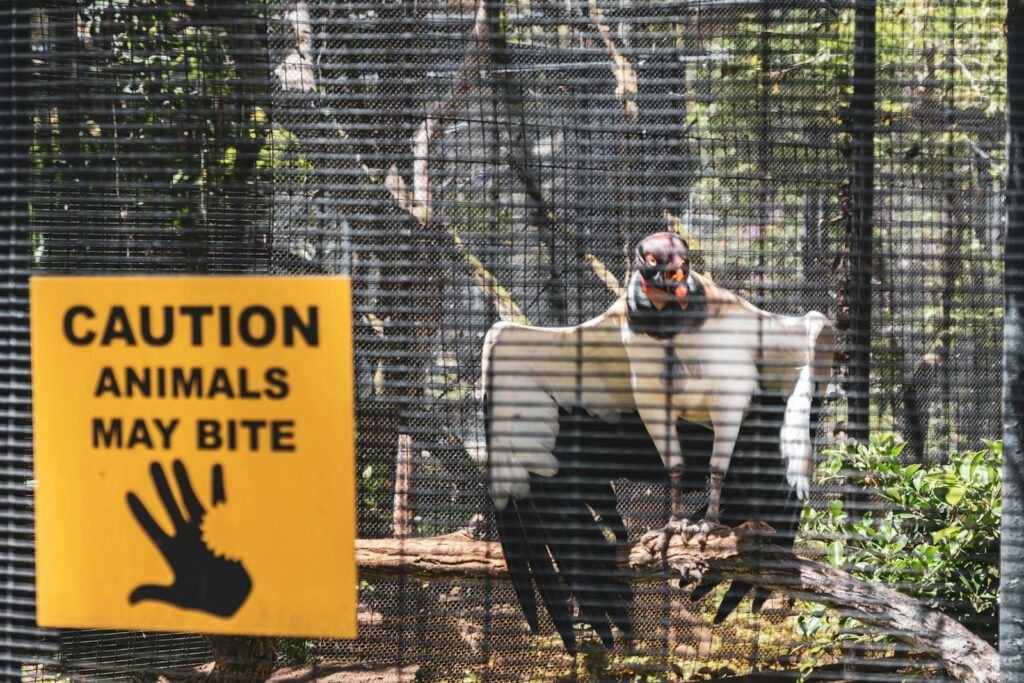
Responsible zoo conservation programs include rigorous monitoring and evaluation components to assess their effectiveness and adapt strategies as needed. Conservation scientists track key indicators such as population size, genetic diversity, breeding success, and habitat quality to determine whether interventions are achieving desired outcomes. Some institutions employ formal adaptive management frameworks that establish clear conservation targets, monitor progress, and systematically adjust approaches based on results. Independent evaluations by conservation organizations like the IUCN provide objective assessments of zoo conservation contributions, with several bird species showing improved threat status directly attributable to zoo efforts. Long-term monitoring is particularly crucial, as true conservation success must be measured in terms of sustainable wild populations rather than short-term increases. The recovery of the Mauritius kestrel from just four wild individuals to over 400 today, achieved through a partnership between the Durrell Wildlife Conservation Trust and local partners, exemplifies how persistent, evidence-based zoo conservation efforts can reverse the trajectory of a species heading toward extinction.
Future Directions: Evolving Approaches to Bird Conservation
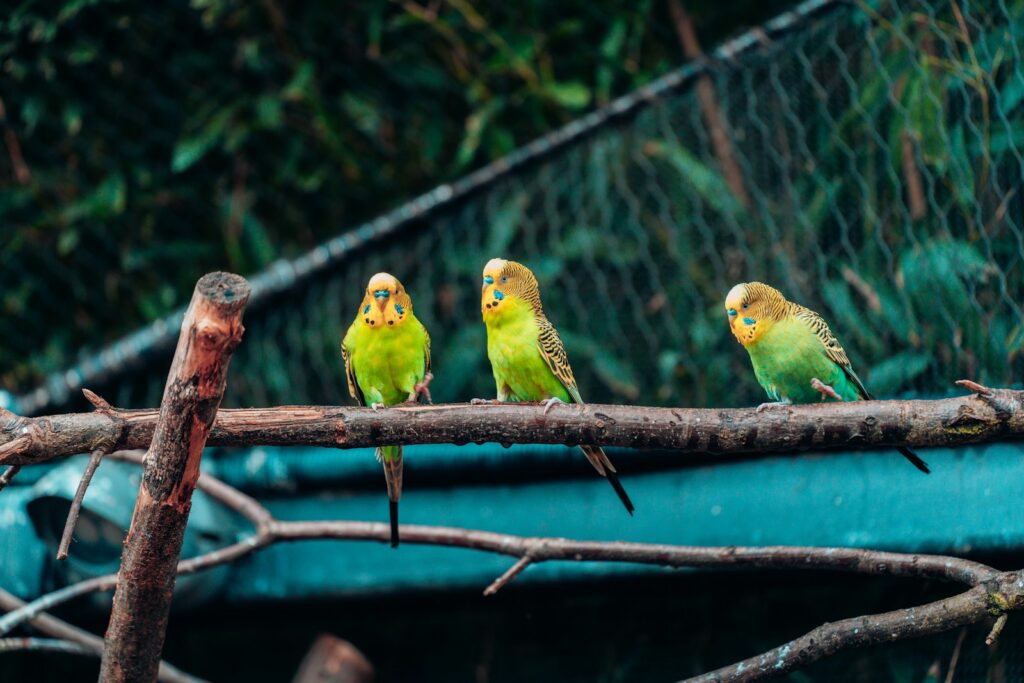
Looking ahead, zoo-based bird conservation continues to evolve in response to new challenges and opportunities. Emerging fields such as conservation psychology are helping zoos develop more effective approaches to inspiring public action, focusing on creating emotional connections that motivate lasting behavioral change. Integration of traditional ecological knowledge with scientific approaches is creating more culturally appropriate and effective conservation strategies, particularly in regions with indigenous management of bird habitats. Some institutions are exploring innovative funding mechanisms such as conservation bonds and impact investing to create sustainable financial support for long-term programs. Technological advances in remote sensing, genetic analysis, and artificial intelligence promise to revolutionize how endangered birds are monitored and managed, both in captivity and the wild. Perhaps most importantly, zoos are increasingly working to address the root causes of bird endangerment through policy advocacy, sustainable development initiatives, and climate action, recognizing that lasting conservation success requires addressing the underlying drivers of biodiversity loss. As these approaches mature, zoos will likely cement their position as essential components of the global effort to protect our planet’s extraordinary avian diversity.
Conclusion
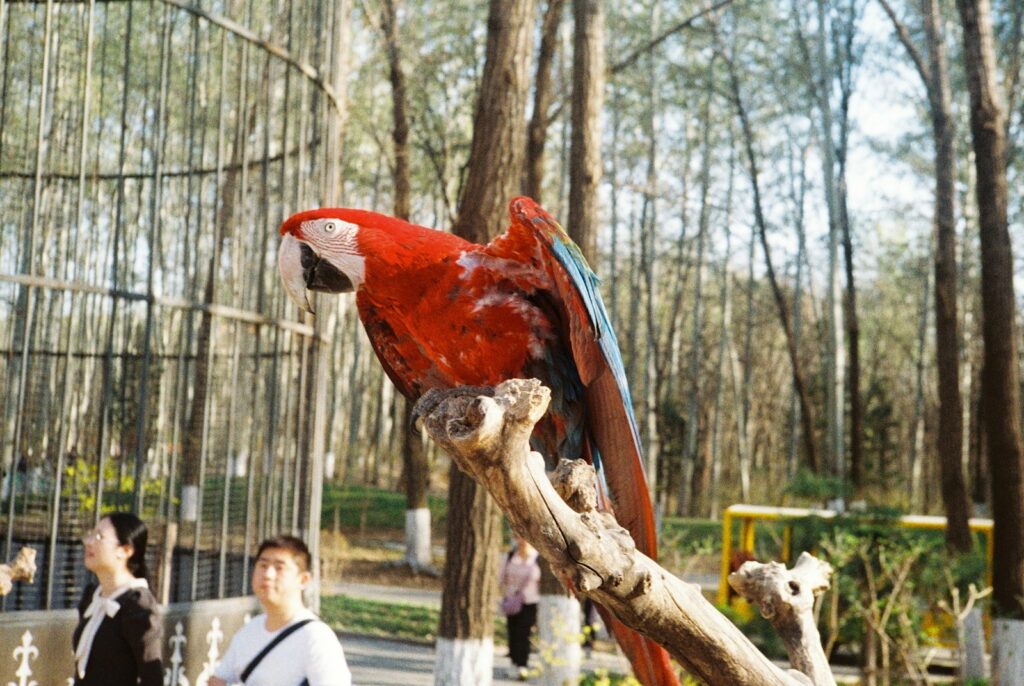
Zoos have transformed from menageries of exotic curiosities into sophisticated conservation centers that play critical roles in saving endangered bird species. Through their multifaceted approach combining captive breeding, reintroduction programs, scientific research, and public education, they offer hope for species that might otherwise have vanished forever. The success stories—from the California condor’s return from the brink of extinction to the recovery of the Guam rail—demonstrate the tangible impact of these efforts. As environmental challenges intensify in the coming decades, the expertise, resources, and public platform that zoos provide will become increasingly valuable assets in the global effort to preserve avian biodiversity. While challenges remain, the evolution of zoological institutions into conservation powerhouses represents one of the most significant positive developments in the ongoing struggle to protect our planet’s remarkable bird species for future generations.
